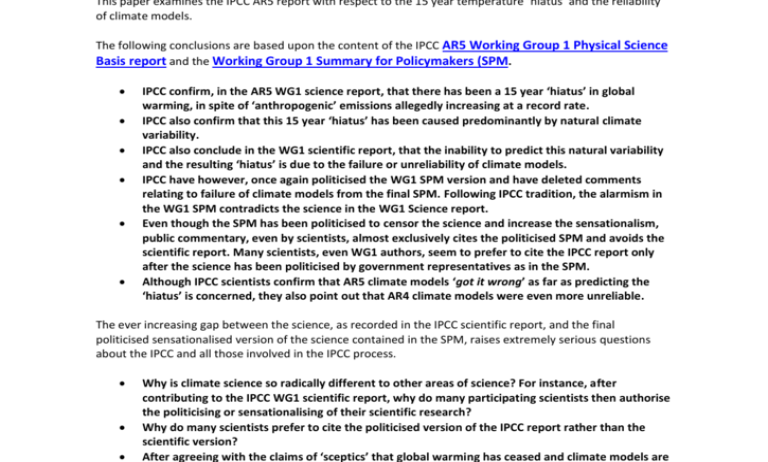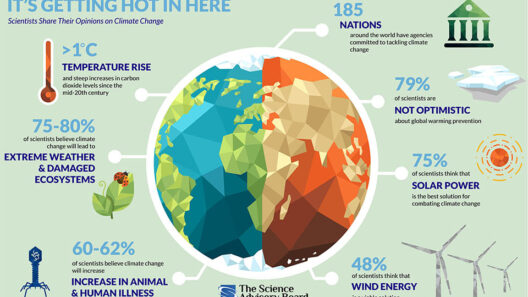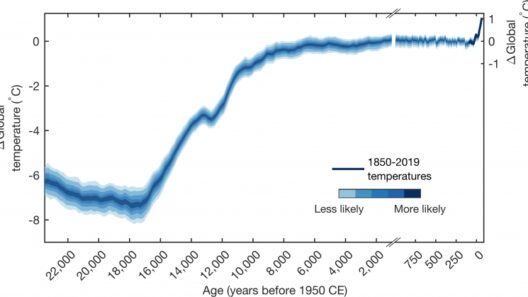Electric vehicles (EVs) have become a symbol of modern innovation, promising a cleaner, greener future as they glide silently along roads and highways. In an age where climate change looms ever larger in the global consciousness, it is critical to understand how these automotive marvels combat global warming. Yet, as with many advancements, there’s a quagmire of facts and fiction surrounding electric vehicles, necessitating a closer examination of their environmental impact and efficacy.
The essence of electric vehicles lies within their propulsion mechanism, which starkly contrasts with conventional internal combustion engine (ICE) vehicles. Traditional automobiles burn fossil fuels, releasing a toxic cocktail of carbon dioxide, nitrogen oxides, and other greenhouse gases into the atmosphere, akin to a chimney belching smoke into a once-clear sky. The combustion process is inefficient, not only in terms of energy usage but also in the harmful emissions generated. In contrast, EVs convert stored electrical energy into motion, producing zero tailpipe emissions, akin to a breath of fresh air amidst a polluted atmosphere. This fundamental difference illustrates an immediate advantage: the potential to greatly reduce urban air pollution and carbon emissions.
But to fully appreciate the ecological implications of electric vehicles, one must delve deeper into their life cycle impacts. Critics often argue that the production of EV batteries, particularly lithium-ion batteries, is fraught with environmental concerns. Mining for lithium and other necessary minerals, such as cobalt and nickel, can entail environmental degradation, water scarcity, and human rights issues. However, this narrative often neglects the ultimate goal of electric vehicles: to diminish a vehicle’s overall carbon footprint over its lifetime. Research suggests that despite the resource-intensive battery production phase, EVs can yield significantly lower greenhouse gas emissions when compared to traditional vehicles over their operational life, particularly as renewable energy sources become more prevalent in the electricity grid.
A more nuanced exploration involves the concept of “well-to-wheel” emissions. This encompasses not only the emissions produced by the vehicle while in operation but also those associated with the extraction, refinement, and transportation of the fuel or energy source. When considering the well-to-wheel emissions, electric vehicles shine even brighter. For instance, electricity generated from coal thus far has contributed to higher emissions when compared to gasoline, but with an ongoing transition to renewable energy, the emissions from charging EVs are reducing significantly. As wind, solar, and hydropower grip a more significant share of the energy portfolio, the very source of the electricity that fuels EVs becomes increasingly benign.
Interestingly, another prominent myth posits that electric vehicles lack the power and range necessary for everyday use. This perception is akin to viewing a mirage in the heat; it appears as a vast body of water only to evaporate upon approach. Technological advancements have propelled battery technology to unprecedented heights. Many contemporary EVs come equipped with ranges exceeding 300 miles, and fast-charging stations can rejuvenate a vehicle’s battery in a matter of 30 minutes. The practical concerns over range and charging infrastructure are diminishing as the EV industry evolves and expands, reshaping consumer perceptions and paving the way for greater adoption.
Furthermore, the integration of electric vehicles within the broader ecosystem of sustainable energy and smart infrastructure plays an essential role in combating global warming. When grouped with advancements such as smart grids and vehicle-to-grid technology (V2G), the electric vehicle emerges not merely as a mode of transport but as a potential component of a larger energy management system. EVs can act as mobile energy storage units, feeding electricity back into the grid during peak demand periods. This symbiotic relationship helps balance supply and demand, maximizing the use of renewable energy and minimizing reliance on fossil fuel power plants.
One might also consider the societal dimensions of electric vehicle adoption. The shift from ICE vehicles to EVs could catalyze a broader cultural transition toward sustainability. By choosing electric vehicles, consumers signal a willingness to embrace alternative modes of transport that prioritize ecological health over mere convenience. This ripple effect can transcend individualism, fostering collective action aimed at addressing systemic issues contributing to climate change.
Yet, it’s imperative to remain vigilant and informed. The mythology surrounding electric vehicles often oversimplifies complex issues. For instance, while EVs produce fewer emissions than ICE vehicles, they are not a panacea for climate change. Urban planners, policy makers, and manufacturers must consider the entire transportation framework, encouraging public transit, car-sharing services, and active transportation modalities such as biking and walking to mitigate reliance on personal vehicles altogether.
Ultimately, the appeal of electric vehicles lies not solely in their individual capacity to combat global warming, but in their ability to inspire a collective transition toward sustainable solutions. They illustrate a profound metaphor for hope amid an era of disillusionment concerning climate change: an electric vehicle is a catalyst that can shift momentum towards a cleaner, more responsible future. As society rallies to embrace innovation, the narrative surrounding EVs must evolve, recognizing their role as part of a broader strategy in the battle against climate change.
In conclusion, electric vehicles are more than just cars—they are tangible representations of our commitment to change. Understanding the facts and separating them from fiction is crucial as we navigate a transformative period in the automotive industry. Each electric vehicle on the road is a beacon of possibility, urging humankind onward in its quest for a sustainable and livable planet. The road ahead may be arduous, but with electric vehicles paving the way, there is a pathway toward a greener tomorrow.







